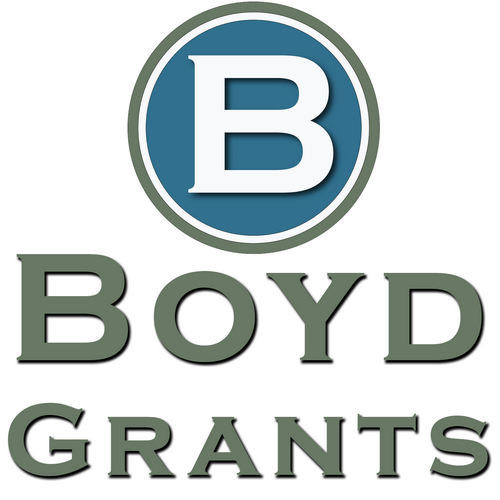When applying for FEMA grants or other grants geared at disaster risk mitigation, you will likely be required to submit a Benefit-Cost Analysis, or BCA. According to FEMA, “The result is a Benefit-Cost Ratio (BCR). A project is considered cost-effective when the BCR is 1.0 or greater.”
When applying for disaster mitigation grants, FEMA supplies the BCA Toolkit and approved methodologies to conduct the BCA. Other grant makers may also require a BCA, but even if they do not, it is a great tool to measure the benefit of taking the action proposed in the grant verses taking no action. Through a BCA, you can clearly show what grant funds can accomplish by a tangible value by assigning a dollar value to outcomes that are not easily quantified.
In sum, a BCA is a process to measure the benefits to taking the action proposed in the grant application. There are clear metrics used in this process, and they must be documented in the context of the BCA itself so that your grant maker can see how you came to the results presented.
If you are hung up on a BCA or need guidance putting a dollar value to intangible outcomes, we can help! Visit www.boydgrants.com to learn more.


Recent Comments